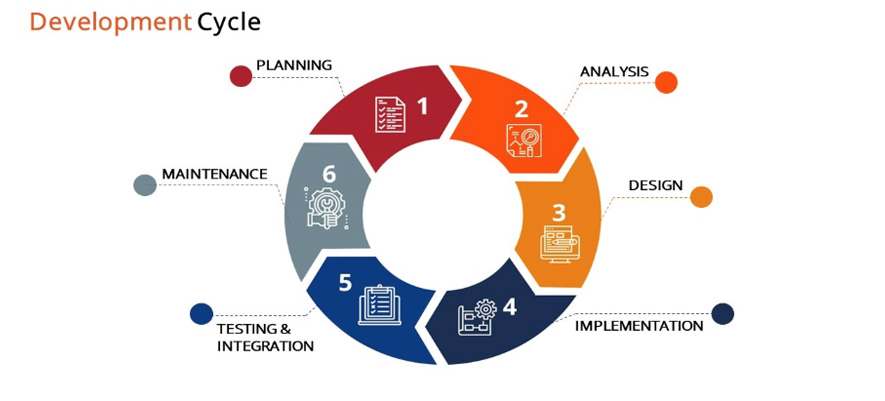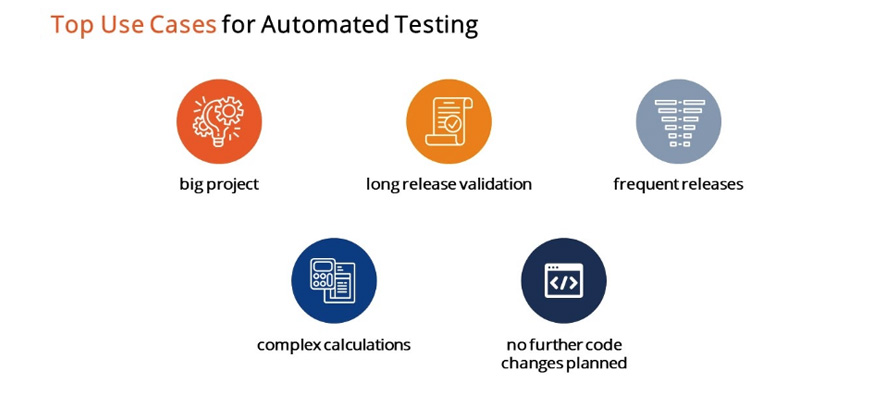Automated Testing – an Investment in the Future or a Hype Project
by Asha Jane Brown | January 15, 2020 3:19 pm
On November 28, QATestLab[1] held a webinar to find out whether automated testing is a fashion trend or a real opportunity to save money. We talked to Elena, a project manager of the test automation department to discuss test automation and its place in the software development lifecycle.
Though the level of test automation in companies is relatively small, its share increases every year. According to the World Quality Report, it covers 14 – 18% of overall testing activities.
Organizations of every size recognize the need to speed up development to stay competitive. Manual testing is no longer sufficient on its own. Test automation is quickly becoming a must-have rather than a nice-to-have. But that doesn’t mean that manual testing will be replaced completely. There are still cases where manual testing is essential to success. At the webinar, we tried to find out the role of automation for the project and identify the benefits it brings.
Testing Process: With Automation and Without it
First of all, we decided to find out the difference of the project with test automation compared to projects without it in a matter of test execution time.
“To better realize the difference automation brings into the project, let’s look at the example.
Let’s assume there are 500 test cases in the project. If the functionality is complicated, it could take up to 2 days to execute all the tests. However, if you automate the majority of test cases (let’s say 400 of 500) the time needed for one iteration of test execution could be reduced to only 3-4 hours.”, – explains Elena.
Test Automation in the Software Development Lifecycle
To have a thorough look at test automation[2], we talked about this in the context of the development cycle.

“Let’s imagine, that your product is developing and obtaining new features and functions. The development process is constantly going on, from release to release the testing stage repeats again and again. So, if you have releases twice a month then in half a year you will make 12 releases validation: it means that the number of tests cases can grow considerably, for instance, if you add 100 test cases during every release then after 12 releases you will have plus 1200 cases.” – Elena shares her experience.
“In case of manual testing, QA engineers need to spend around 7 days to execute all test cases. Automation can reduce this number to only a few hours on condition that the majority of test cases have been automated”, – adds Elena.
Which projects require automation and which don’t?
Taking into consideration all mentioned above, test automation sounds appealing. But does it suit for every project? Actually, there are some projects which are more appropriate for test automation[3] than others.

Still, there are situations when there is no particular reason for test automation:
- The project is quite simple and doesn’t require a lot of time to make a full regression manually.
- The code is stabilized and you are not going to develop a lot of new features or deliver updates frequently.
- Only a small part of test cases can be automated.
- There are too many animated elements on pages or in the application.
When to Start Automation?
Let’s assume that you’ve decided to automate your tests. What is the best time in the SDLC to do it?
“I would suggest a time when your project has already passed half or even more of its way to production. Also, you can automate tests when your project is quite young but you are using soft releases and it’s already on production. If your product is on production and you see that every release takes too much effort for testing routine, that’s it – time to automate tests”, – explains Elena.
Conclusion
In general, automation is an economically reasonable solution that helps to expand your testing capacity, make a faster market launch, and improve the quality of testing. Still, there are some cases when it is not very effective, so every project should be treated individually. Anyway, according to our experience, the best practice is to combine manual testing and test automation.
To learn more about test automation – watch the record of the webinar[4]!
Learn more from QATestLab
Related Posts:
- QATestLab: https://qatestlab.com/
- test automation: https://blog.qatestlab.com/2018/04/10/automated-agile-testing/
- projects which are more appropriate for test automation: https://blog.qatestlab.com/2018/06/12/when-automate-testing/
- webinar: https://qatestlab.com/resources/webinars/automated-testing-future/
- Beyond Hours: Why Forward-Thinking Companies Choose Outcome-Based QA : https://blog.qatestlab.com/2025/08/21/beyond-hours-why-forward-thinking-companies-choose-outcome-based-qa/
- Automation Testing for Mobile Apps: Why It’s Essential and Our Key Services: https://blog.qatestlab.com/2025/05/13/automation-testing-for-mobile-apps-why-its-essential-and-our-key-services/
- QA Automation Tools: Low-Code, No-Code, or Coding-Based?: https://blog.qatestlab.com/2025/03/27/qa-automation-tools-low-code-no-code-or-coding-based/
Source URL: https://blog.qatestlab.com/2020/01/15/automated-testing-future/

